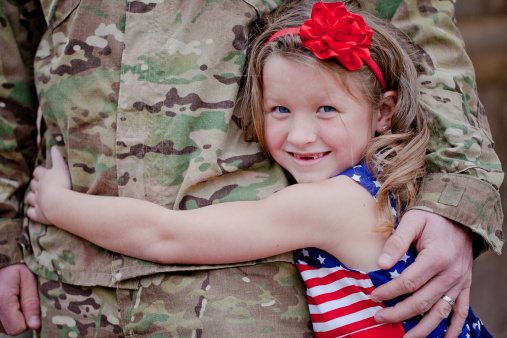PTSD is a significant mental health problem in the United States. The estimate is that PTSD affects over one quarter of our veterans. We also know that about 12% of all American women have PTSD—most resulting from physical and sexual abuse. Dysfunctional sleep is a core symptom of PTSD and, as I recently wrote in my book Sleep Soundly Every Night, Feel Fantastic Every Day, treatment of daytime symptoms does not help sleep.
One of the most disruptive symptoms of PTSD is frequent nightmares. This re-experiencing of past trauma leads many to a dread of going to sleep. It contributes to severe anxiety, depression, fatigue, cognitive dysfunction, and insomnia. If the nightmares are untreated, it is extremely difficult to get PTSD to respond to therapy.
Studies done on both returning veterans and sexually abused women have shown a very high incidence of sleep apnea in those that have PTSD. In fact, most of the studies found that over 50% had PTSD. Why patients with PTSD are more likely to have sleep apnea remains unknown at this time. However, the fact they do is undisputable.
Therefore, it was with great interest that I read a study from the University of Mississippi published in this month’s Journal of Clinical Sleep Medicine. They studied 69 veterans with sleep apnea and PTSD for one year. The findings were very encouraging. Those veterans who were compliant with their continuous positive airway pressure treatment (CPAP) exhibited a 50% drop in the number of nightmares they experienced per week. In fact, for every 10% increase in usage above the median, there was a further drop of about 10% in nightmare frequency. As expected, these veterans also reported feeling more rested and less fatigued.
We know that PTSD is due in part to dysfunctional REM (dream) sleep. We believe that it is during REM sleep that we process our emotions. During sleep, there is communication between our primitive fear-promoting limbic systems and our higher cortical centers. When successful, we call it fear extinction. Unfortunately, sleep apnea can be a very disruptive force during this period. What’s more, in many people, sleep apnea is most severe during REM sleep. Severe drops in oxygen, straining to breathe against a closed airway, and frequent arousals stemming from the apneas severely inhibit the process.
This is the first study using objective data that shows recurrent nightmares in PTSD will respond to the treatment of associated sleep apnea. Given that PTSD is such a severe problem and that many also suffer from sleep apnea, the authors recommend that routine sleep apnea screenings for individuals with PTSD be a customary order. I agree and am hopeful that healthcare providers will become more aware of the underlying sleep disorders that require attention in PTSD.


